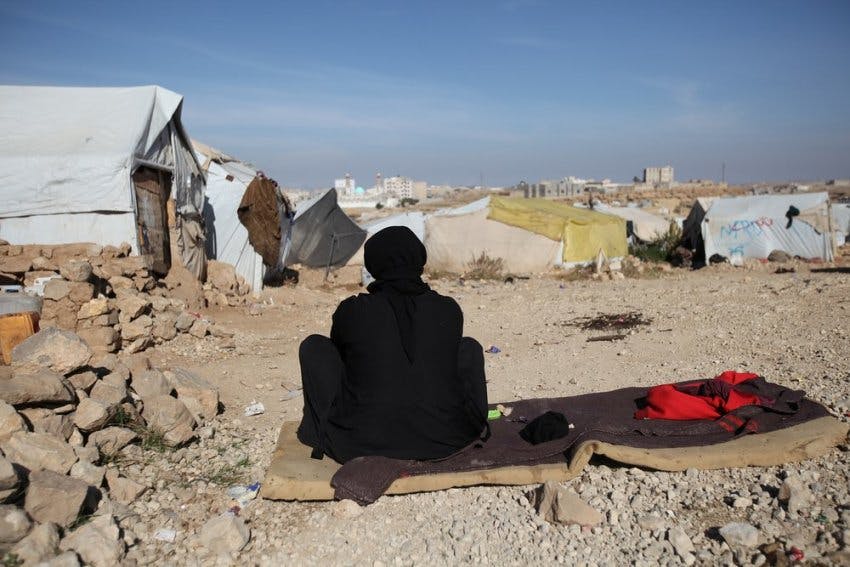1990s, Humanitarian cowboys and cowgirls
In the 90s, only a handful of aid agencies have formal policies for managing security risks. As a UN refugee agency report puts it, a “climate… of heroism and risk-taking” dominates. Aid workers describe being able to “make a name” for themselves or “get a promotion by going to dangerous places”. Attitudes still carry a flavour of the “noble adventurer” ethos attached to humanitarian responses in war a century before.
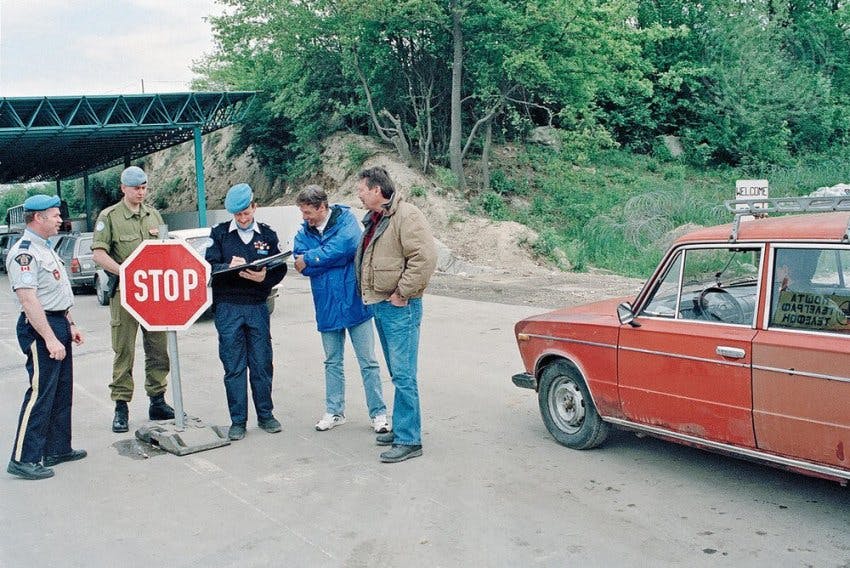
1994, UN: Protection for staff in high-risk settings
The Convention on the Safety of United Nations and Associated Personnel is introduced, which covers UN staff and partners working to maintain peace. Three years later, the UN General Assembly, noting “continuing violence against aid personnel”, urges more state ratification. A 2005 optional protocol to the Convention extends legal protection to UN personnel delivering humanitarian, political, or development assistance.
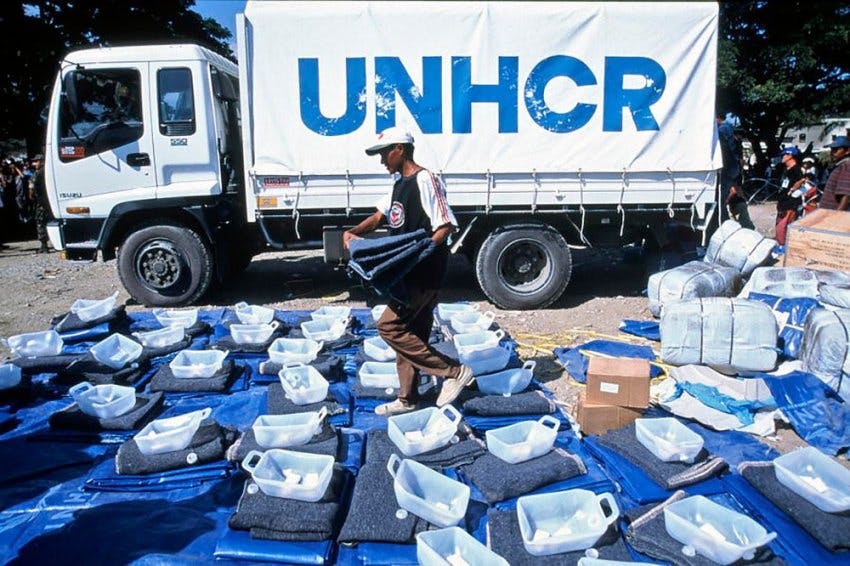
1996, Chechnya: Six ICRC staff killed
In the first highly publicised act of violence against foreign aid workers – considered the “worst premeditated attack” in the International Committee of the Red Cross’s history to date – attackers specifically target expatriate staff, in bed at the time, working at a field hospital providing medical care to victims of the Chechnya conflict. While the motive is unclear, the ICRC suspends operations there.
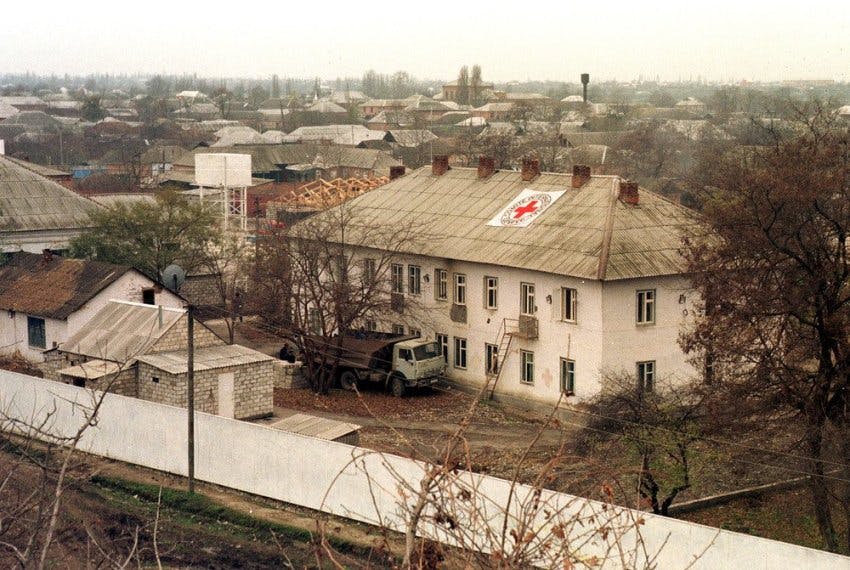
2001, Afghanistan: Perceived neutrality in peril
The September 11 attacks and the US-led “war on terror” lead to a blurring of the lines, with dangerous implications for aid worker security. Militaries take on more traditional humanitarian roles in an effort to win “hearts and minds”. US Secretary of State Colin Powell describes NGO workers in Afghanistan as a “force multiplier for us, an important part of our combat team”, further threatening the operational security of aid workers and jeopardising their perceived neutrality.
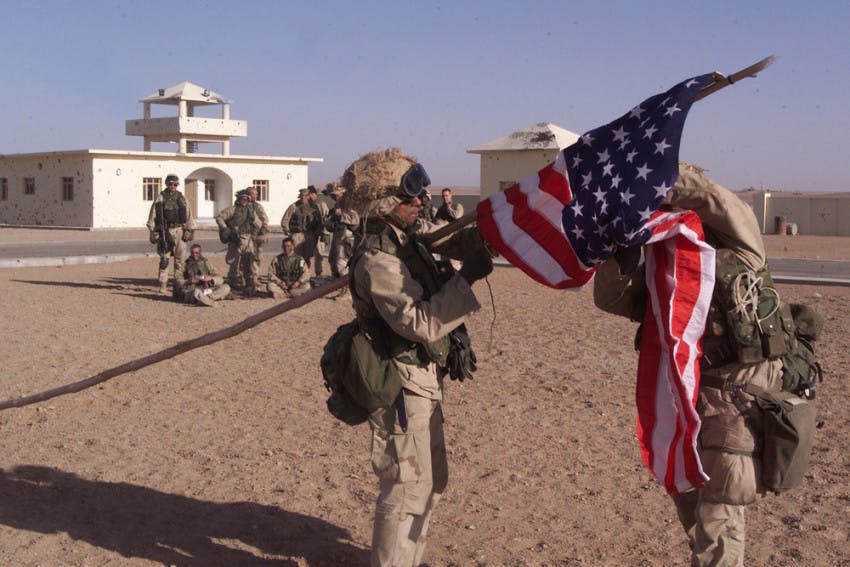
From the Archives:
2003, Iraq: Aid workers are deliberate targets
A truck bomb hits the UN headquarters at the Canal Hotel in Baghdad, killing 22 people, including top UN envoy Sérgio Vieira de Mello, and wounding more than 100 more. A review by an independent panel concludes that the UN security management system is dysfunctional, providing “little guarantee of security to UN staff in Iraq or other high-risk environments”, and says a drastic revision to the UN’s security strategy is needed.
The following year, in an effort to overhaul and improve staff security, the UN establishes the Department of Safety and Security. The Department reports directly to the UN Secretary-General and unifies security components of the Office of the United Nations Security Coordinator (UNSECOORD), the Security and Safety Services (SSS), and the civilian security component of the Department of Peacekeeping Operations (DPKO).
As aid workers around the world are considered deliberate and direct targets of terrorist groups, period of “bunkerisation” follows – humanitarian staff limit their risk exposure by driving in armoured cars, living in fortified and guarded compounds, and putting up barriers between humanitarians and the people they should serve.
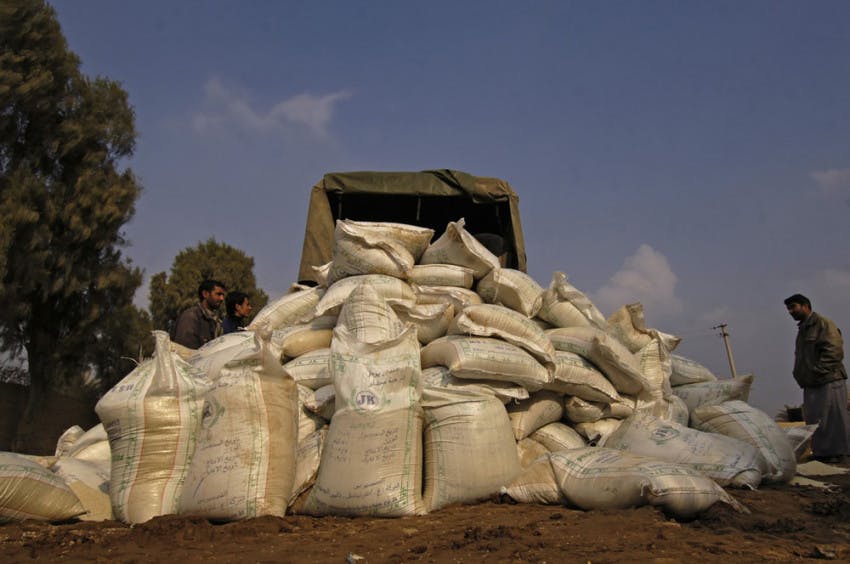
From the Archives:
UN Secretary-General condemns bomb attack (September 2003)
Security around UN compound beefed up (September 2003)
One year on, UN workers still coming to terms with Baghdad bombing (August 2004)
2006-2007, Sri Lanka and Algiers: Aid worker casualties mount
In Muttur, near the front line of the civil war with rebel Tamil Tigers, 17 Sri Lankan staff of Action Against Hunger (ACF) are assassinated by suspected government forces. The massacre highlights the greater risks of targeted violence that national aid workers face in civil conflicts. No prosecutions have taken place.
The following year, 17 staff members from humanitarian and development agencies are killed in Algiers after a suicide car bomb hits UN offices. An independent panel calls for improvements in security accountability, leadership, internal management, and oversight. But 10 years on, UN Secretary-General António Guterres, reflecting on the event, says, “unfortunately, these attacks are only increasing and we are now targeted around the world.”
The UN starts offering hostile environment training – intensive, simulation-based courses for staff being deployed to high-risk settings. NGOs also offer this training to their staff.
From the Archives:
2008, Are aid worker casualties increasing?
The Aid Worker Security Database, maintained by research group Humanitarian Outcomes, shows an increase in politically-motivated violence towards aid workers since 2006, with the most dangerous contexts being Sudan (Darfur), Afghanistan, and Somalia. Local aid workers outnumber internationals and incur more casualties.
Critics argue that a quantitative approach can be misleading, and it’s hard to know the overall humanitarian footprint – the absolute number of aid personnel working globally – and thus what proportion are affected by security incidents. AWSD authors maintain that aid work is not becoming more dangerous overall, but is driven by a handful of extreme cases. Aside from these contexts, humanitarian aid has become safer in many places.
2009, UN: World Humanitarian Day
The first annual World Humanitarian Day is set up by the UN, marking the day of the Canal Hotel bombing in Baghdad in 2003, and honouring humanitarian personnel who lost their lives while serving others.
From the Archives:
2011, Shifting policy: From risk aversion to risk acceptance
UN security policy shifts from determining when staff should leave, to how they can stay. It publishes “To Stay and Deliver”, a study outlining ways organisations can maintain operations in high-risk places, an evolution in philosophy from one of risk aversion to one of risk acceptance, especially for critical lifesaving programmes. The UN rolls out a more flexible and contextually specific security level system, or SLS, to match this conceptual shift.
The International NGO Safety Organisation, a security coordination platform, is established to provide a range of free services to humanitarian NGOs, including incident tracking, safety related data and mapping, staff training, and situational analysis. INSO and similar platforms soon become standard features in high-risk humanitarian settings, but inconsistencies in data collection continue to pose challenges.
From the Archives:
2012, ‘Remote management’
By this time, many organisations rely on so-called “remote management”, withdrawing international staff and placing more responsibility, and risk, in the hands of local partner and subcontractor organisations. International organisations acknowledge duty of care and legal liability for national staff and partner organisations, but it can appear more rhetoric than reality. Other problems with remote management are found, including: programme quality, information management, and putting layers between planning and actual implementation.
From the Archives:
2013, Somalia: An ‘untenable imbalance’
An attack on the UN’s humanitarian and development compound in Mogadishu – separate from the UN’s political and security presence – leaves 15 dead, including guards and bystanders.
A month later, two European Médecins Sans Frontières (MSF) workers who had been held hostage in Somalia for 21 months are released, but the organisation closes its programmes due to increasing insecurity and impunity. MSF’s president explains: “The situation in the country has created an untenable imbalance between the risks and compromises our staff must make, and our ability to provide assistance to the Somali people.”
More than half of UN member states are yet to ratify the Convention on the Safety of United Nations and Associated Personnel, nearly 20 years after it was introduced.
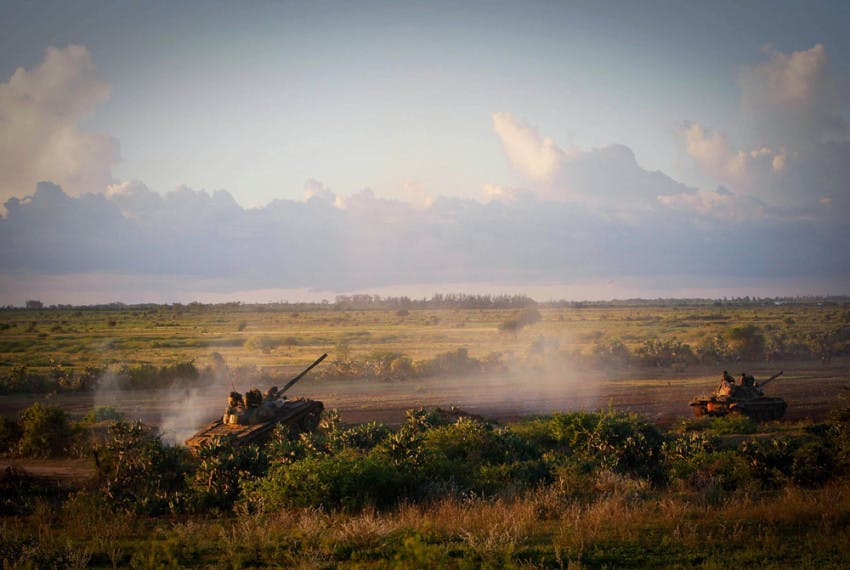
2015, Afghanistan: US airstrikes destroy MSF hospital and kill 42 people
MSF’s trauma hospital in Kunduz is repeatedly hit by US military aerial bombing. While the US says the attack was a mistake, MSF contends it had provided the hospital’s GPS coordinates to the military just days prior. MSF launches the #NotATarget campaign, to promote protection of healthcare facilities in conflicts and highlight that such attacks are in violation of international humanitarian law.
A year after Kunduz, MSF’s CRASH, an internal think tank, publishes a book challenging the conventional wisdom in aid worker risk management as being too procedural and “apolitical”.
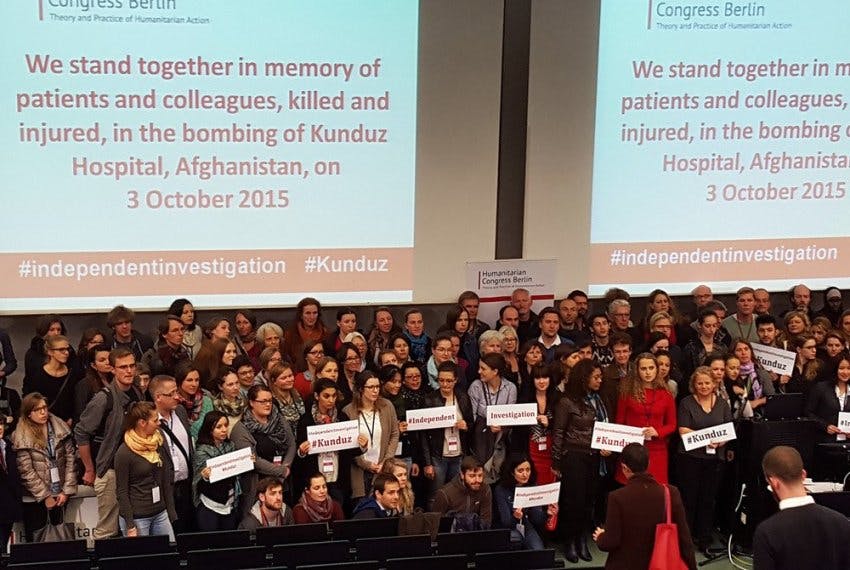
From the Archives:
2016, UN: Healthcare under fire
Multiple strikes on hospitals in Syria and Yemen appear to include deliberate attempts to degrade the morale of civilians and deny rebels trauma care.
At the UN Security Council, UN Secretary-General Ban Ki-moon calls attacks on healthcare workers “systematic” and MSF President Joanne Liu says there is “an epidemic of attacks on health facilities”. Resolution 2286 is unanimously adopted, calling on member states to uphold international humanitarian law and protect civilians and medical facilities in conflict zones.
Meanwhile, the “duty of care” for staff takes on a more vivid legal dimension: The Norwegian Refugee Council is found guilty of gross negligence over a 2012 extremist attack on its staff in a Kenyan refugee camp.
From the Archives:
2019, Worst year on record for aid worker casualties
The total number of aid worker victims (killed, wounded, or kidnapped) in 2019 exceeds all past years recorded, with national staff making up over 90 percent of the victims (456 out of 483). As a 2017 UN report highlighted, remote management has become the “default choice” for some agencies, even when a direct presence is possible.
As agencies take steps to protect staff from risk – and projects from terrorist looting – fewer are working in the most dangerous places, according to research. Does risk aversion mean aid isn’t going where it’s needed?
2020, ‘Deconfliction’
Faced with mounting attacks on health facilities and other civilian targets, humanitarian agencies in Yemen and Syria resort to “deconfliction” – notifying the warring parties of their locations and of civilian infrastructure that should be avoided. But after a UN inquiry finds facilities on the UN deconfliction list to have been destroyed or damaged by military operations in Syria, the Secretary-General appoints – in 2021 – an Independent Senior Advisory Panel to review the process. A humanitarian deconfliction system in Yemen has some success, and the model is due to be brought in to other countries.
